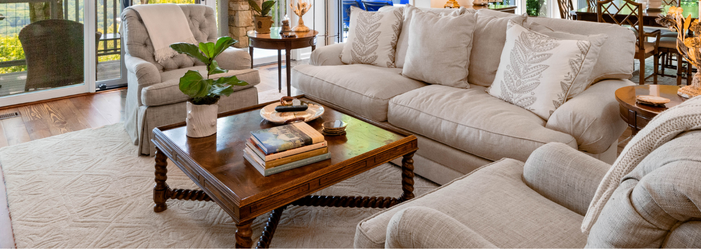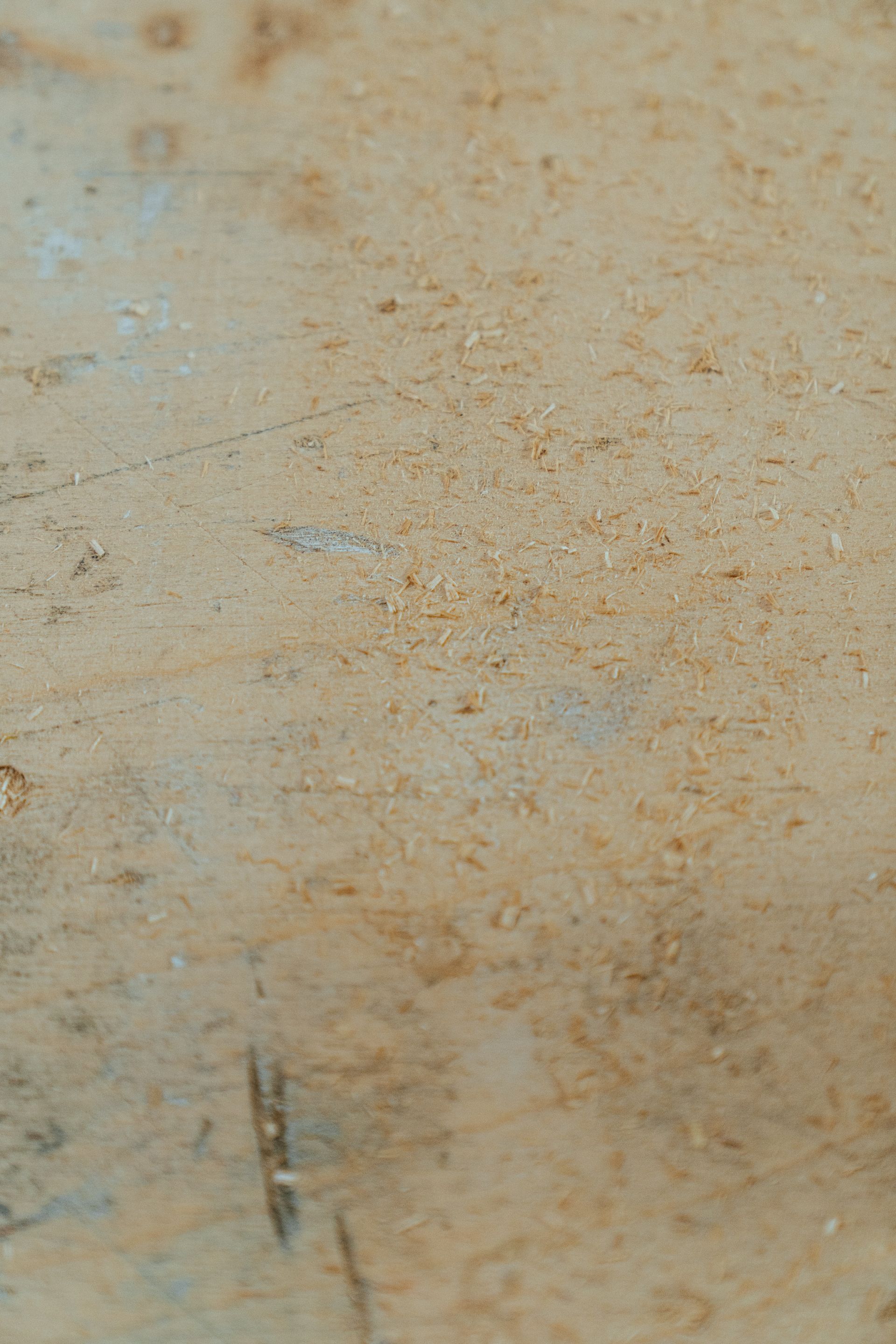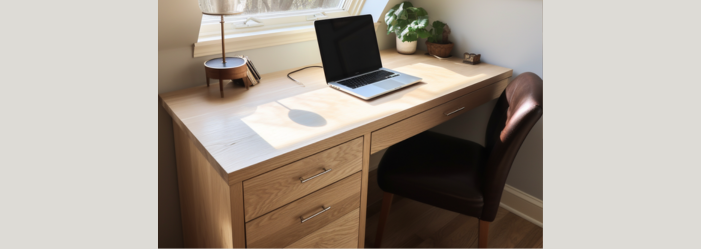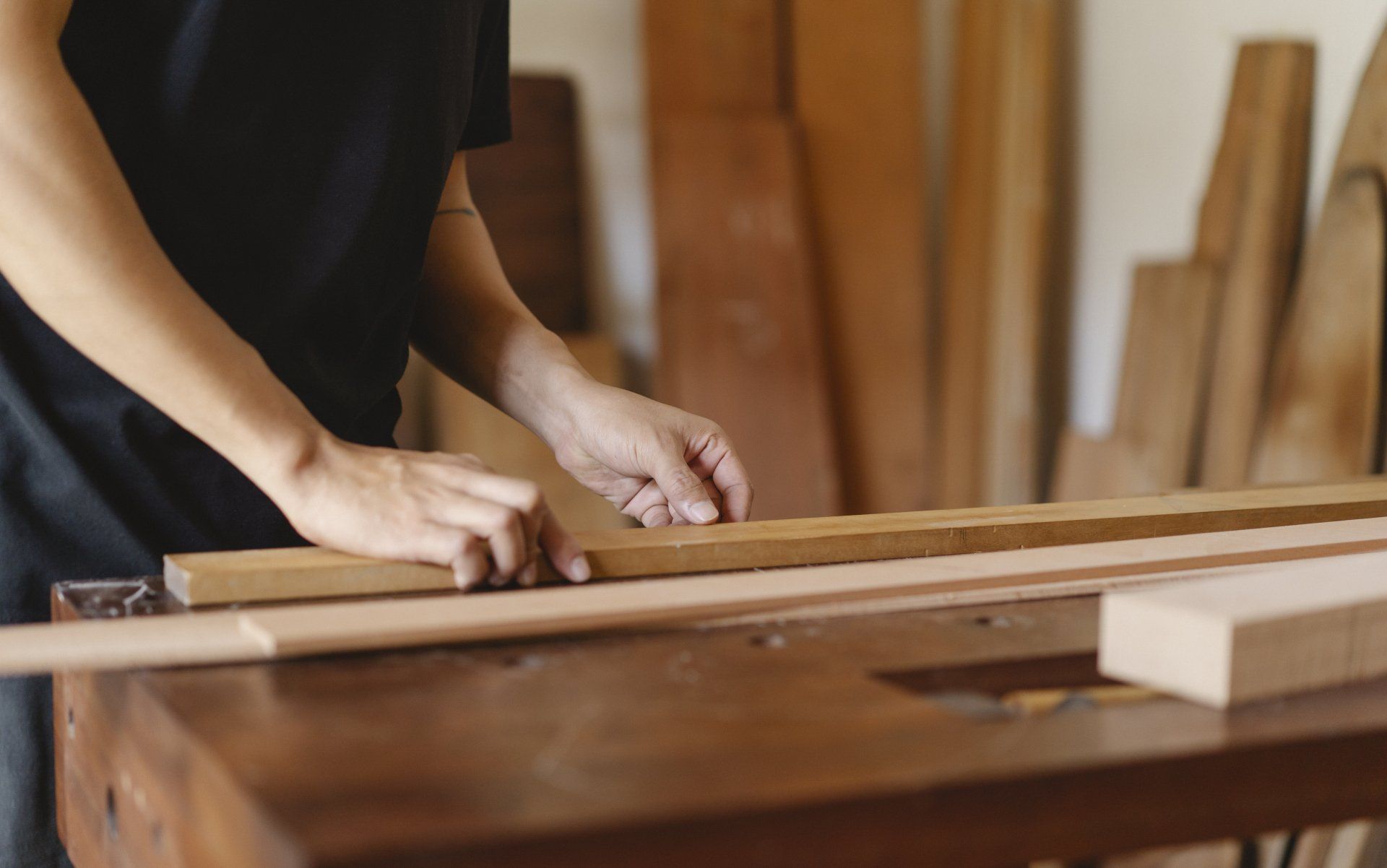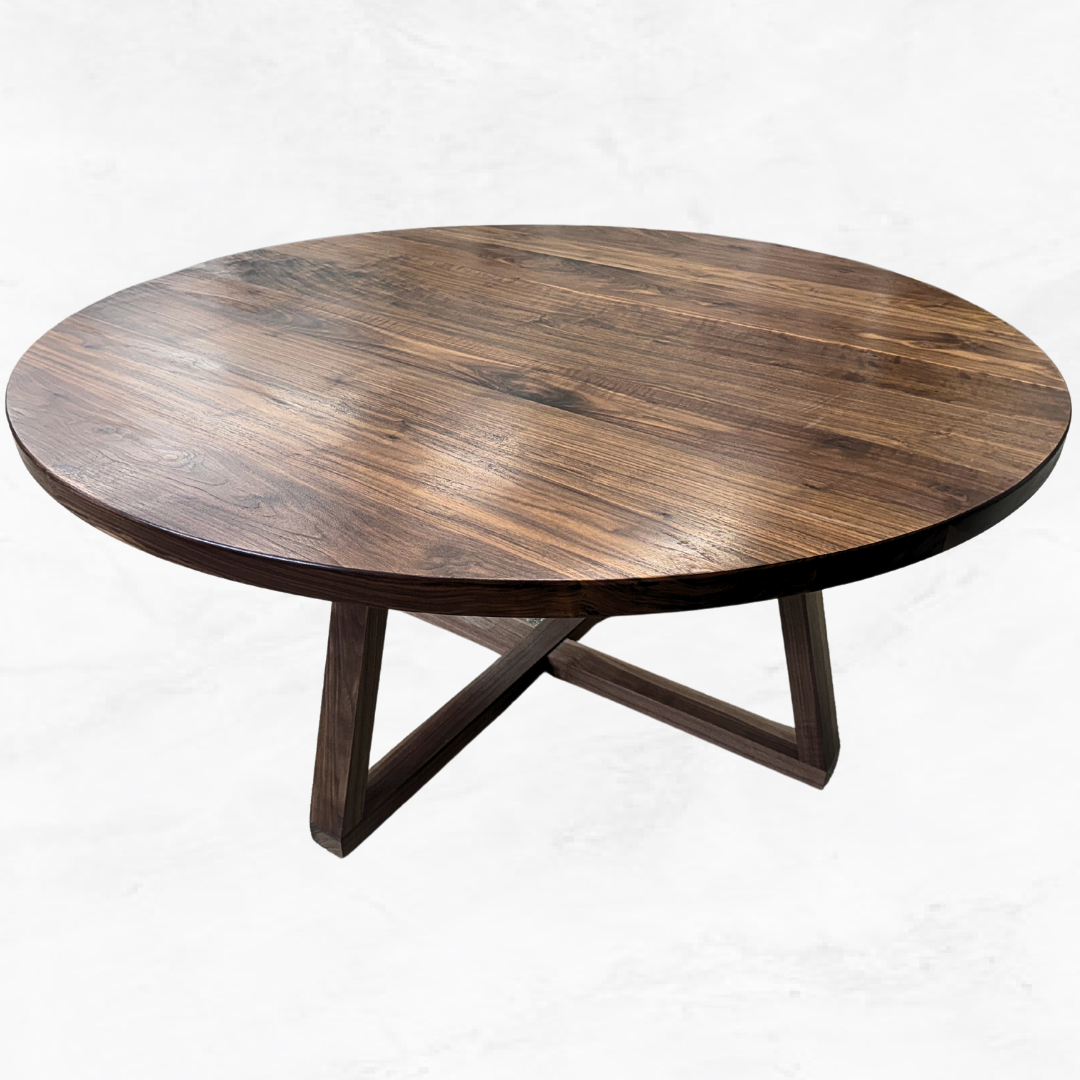The Art of Craftsmanship: How Custom Wood Tables Are Made
A Step-by-Step Journey from Raw Wood to Masterpiece
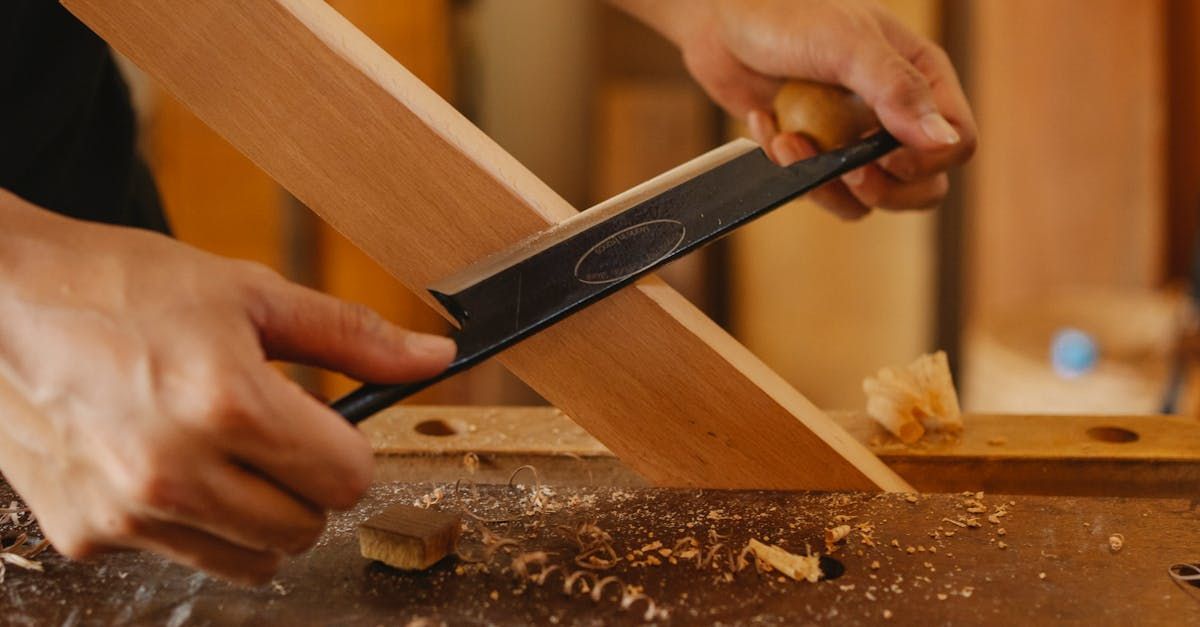
The creation of custom wood tables is a process that blends artistry, skill, and dedication. In the bustling workshops of Nashville and throughout Middle Tennessee, talented woodworkers transform rough, raw materials into stunning pieces of bespoke furniture. This blog post takes you through the intricate craftsmanship process, revealing how custom hardwood tables come to life.
The Journey Begins: Sourcing Quality Hardwood
The first step in crafting a custom wood table is sourcing high-quality hardwood. This stage is crucial because the quality of the wood directly impacts the table’s durability and beauty. Reputable woodworkers in Middle Tennessee often source their materials from trusted local suppliers who ensure the wood is properly dried and cured.
Choosing the Right Wood
Different types of wood offer unique characteristics, making them suitable for various designs and purposes. Popular choices include:
- Oak: Known for its strength and durability, oak is a classic choice for solid wood tables. Its prominent grain pattern adds character and depth.
- Walnut: With its rich, dark color and smooth texture, walnut is perfect for elegant, high-end pieces.
- Maple: Maple’s light color and fine grain make it ideal for modern, minimalist designs.
- Live Edge: For a natural, rustic look, live edge wood retains the natural shape of the tree, including its unique edges and curves.
Design and Consultation
Once the wood is selected, the design process begins. This stage is a collaborative effort between the client and the woodworker. During this phase, several key decisions are made:
1. Defining the Vision
The client shares their vision, preferences, and requirements. This includes the table’s size, shape, style, and any specific features they desire. Whether it’s a grand dining table or a cozy coffee table, each detail is tailored to the client’s needs.
2. Creating a Digital Rendering
To help visualize the final product, woodworkers often create digital renderings. These detailed models allow clients to see how the table will look and make any necessary adjustments before construction begins.
The Craftsmanship Process
With a clear design in place, the woodworking process starts. This is where the raw materials are transformed into a beautiful piece of bespoke furniture.
1. Preparing the Wood
The first step is preparing the wood. This involves cutting the lumber to the required dimensions and planing it to create smooth, even surfaces. At this stage, the wood may still look rough and unrefined, but the potential beauty is already there, waiting to be revealed.
2. Assembling the Pieces
Next, the woodworker carefully assembles the pieces. This requires precision and skill to ensure each component fits perfectly. Techniques such as mortise and tenon joints, dovetail joints, and dowels are used to create strong, durable connections.
3. Shaping and Sanding
Once assembled, the table is shaped and sanded. This step smooths out any rough edges and refines the overall shape. For live edge tables, the natural contours of the wood are carefully preserved and enhanced.
4. Adding Custom Details
Custom wood tables often feature unique details that set them apart. This could include intricate carvings, inlays, or decorative accents. Each element is meticulously crafted to enhance the table’s beauty and uniqueness.
The Finishing Touches
The final stage of the craftsmanship process is applying the finish. This step is essential for protecting the wood and bringing out its natural beauty.
1. Choosing the Finish
Clients can choose from a variety of finishes, each offering different levels of protection and aesthetic appeal. Options include:
- Oil: Enhances the wood’s natural grain and provides a warm, rich finish.
- Wax: Adds a soft, matte finish that feels smooth to the touch.
- Polyurethane: Offers strong protection against scratches and stains with a glossy or satin finish.
2. Applying the Finish
The finish is carefully applied in multiple coats, allowing each layer to dry completely before adding the next. This process ensures the table’s surface is well-protected and looks stunning.
3. Final Inspection
Before the table is delivered to the client, it undergoes a final inspection. The woodworker checks for any imperfections and ensures the table meets their high standards of quality and craftsmanship.
The Emotional Connection
Creating a custom wood table is not just about the physical process; it’s also about the emotional connection. Each table is a labor of love, crafted with care and dedication. For the woodworker, there’s a deep sense of responsibility and pride in knowing that their creation will become a cherished part of someone’s home.
1. Crafting Memories
A custom wood table is more than just a piece of furniture. It’s a place where families gather, meals are shared, and memories are made. From everyday dinners to special celebrations, the table is a witness to countless moments of joy and connection.
2. Leaving a Legacy
Many clients choose custom wood tables because they want a piece that will last for generations. These tables are built to withstand the test of time, becoming heirlooms that are passed down through the family. The legacy of craftsmanship lives on, creating a lasting bond between the woodworker and the client.
Conclusion
The art of crafting custom wood tables is a beautiful blend of skill, creativity, and passion. From sourcing the finest hardwood to applying the final finish, each step is executed with precision and care. In Nashville and Middle Tennessee, talented woodworkers are creating stunning bespoke tables that stand out for their quality, uniqueness, and lasting value.
Whether you’re looking for a solid oak dining table, a live edge coffee table, or a unique piece that reflects your personal style, investing in a custom wood table is a decision that will bring joy and beauty to your home for years to come. So next time you’re in the market for furniture, consider the artistry and craftsmanship behind a custom wood table and experience the difference for yourself.

